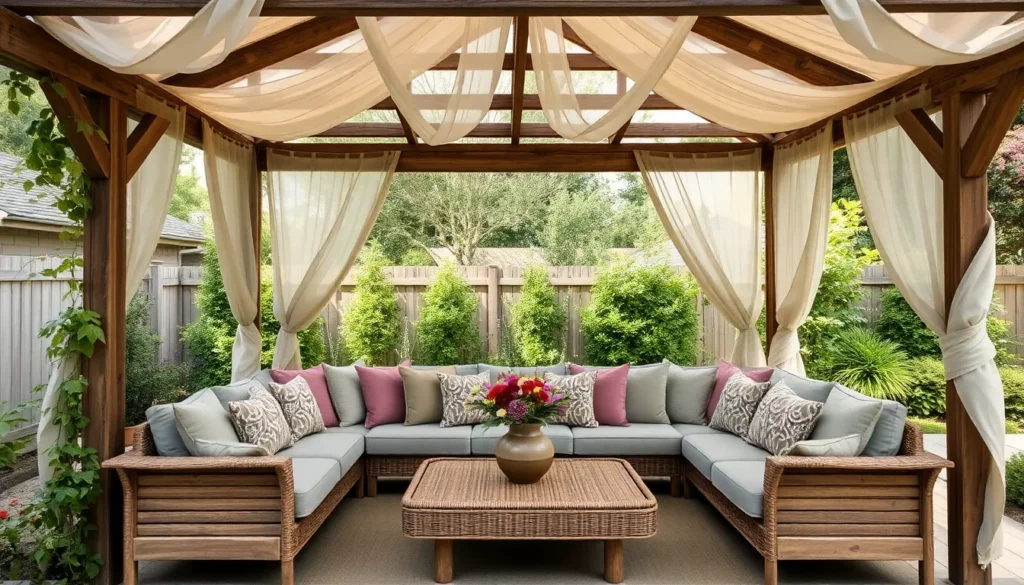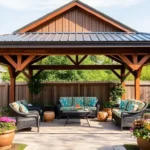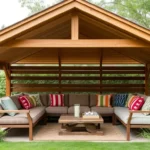Imagine stepping into your backyard and finding a peaceful sanctuary, a place where you can unwind and find solace amidst the beauty of nature. Crafting your own outdoor shelter not only enhances the aesthetic appeal of your garden but also extends your living space into a cozy retreat. Whether you’re a seasoned DIY enthusiast or just dipping your toes into the world of home improvement, creating a personalized haven is within your reach.
In this article, we’ll guide you through a range of inspiring and practical ideas for building your own outdoor shelters, tailored to suit any skill level. From selecting the right materials to mastering simple construction techniques, you’ll discover how to transform your outdoor area into an inviting escape. Get ready to explore creative possibilities and turn your vision of an idyllic retreat into a gratifying reality.
Choosing Ideal Shelter Locations
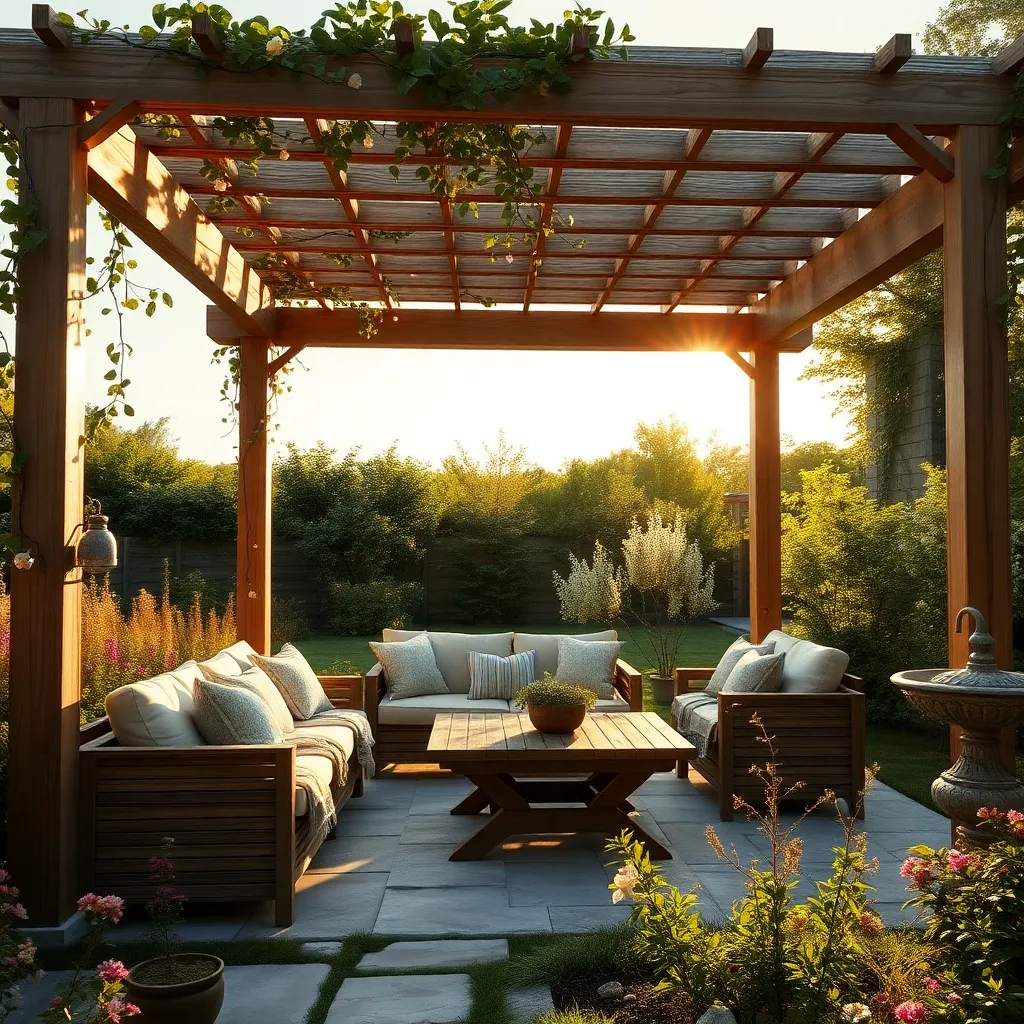
When choosing a location for your outdoor shelter, consider areas that naturally offer some protection from the elements. Look for spots with existing features like trees or shrubs that can provide shade and windbreaks, enhancing your shelter’s comfort. If your yard is flat and open, consider creating a boundary with trellises or hedges to offer additional privacy and protection.
It’s essential to ensure the ground is level and well-drained to prevent water pooling which can damage your shelter over time. For a stable foundation, use gravel or paver stones to create a base, particularly in wetter climates. Advanced builders might consider incorporating pergola-style roofs that can support climbing plants, adding both aesthetic appeal and natural shading.
Essential Tools for DIY Projects
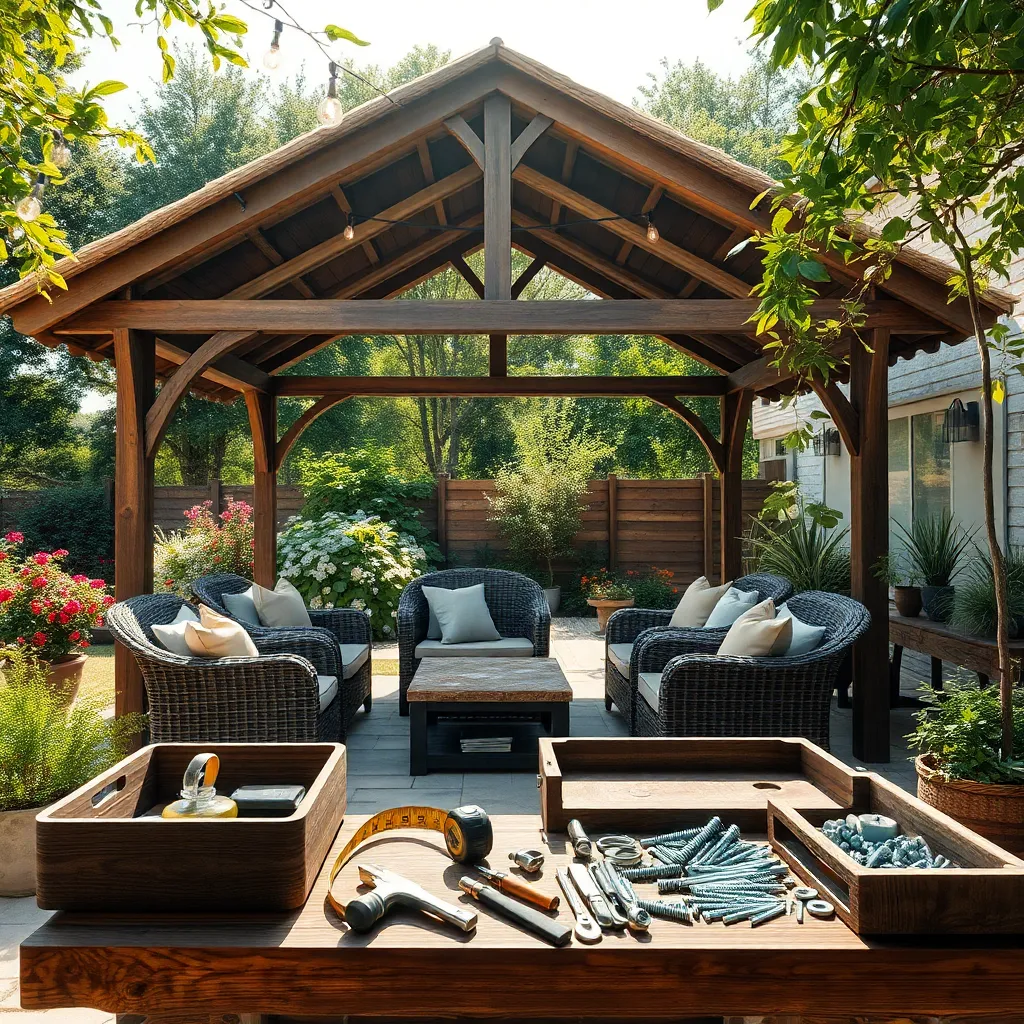
To embark on a successful DIY outdoor shelter project, having the right tools is crucial. For beginners, start with essential items such as a sturdy tape measure, a reliable hammer, and a versatile cordless drill. These tools will help you with everything from measuring materials accurately to assembling your structure efficiently. For more advanced projects, consider investing in a circular saw for precise cuts and a level for ensuring stability and balance in your construction.
Equipping yourself with quality materials is equally important. Choose durable lumber like cedar or pressure-treated wood for weather resistance, and opt for galvanized screws to prevent rust. When planning your design, think about incorporating features like windows or a skylight for natural light, and use weatherproof tarps or metal roofing for added protection against the elements. By selecting the right tools and materials, you’ll create a comfortable and long-lasting outdoor retreat that enhances your garden space.
Building with Sustainable Materials

When building an outdoor shelter, consider using sustainable materials like bamboo, reclaimed wood, or recycled metal. Bamboo is a fast-growing, renewable resource that provides excellent durability. Reclaimed wood not only adds character but reduces deforestation by reusing existing materials. For structural elements, recycled metal can offer strength and longevity, making it a perfect choice for framing or roofing. To ensure your shelter stands the test of time, treat all wood with non-toxic sealants to protect against the elements while keeping it environmentally friendly.
Incorporating sustainable materials doesn’t mean compromising on style or functionality. Design your shelter with energy efficiency in mind by positioning it to maximize natural light and airflow, reducing the need for artificial lighting and heating. For the roof, consider installing a green roof with hardy, drought-resistant plants, which can improve insulation and blend your structure seamlessly with the environment. Beginners might start with a simple pergola using bamboo poles, while more advanced builders can explore constructing a fully enclosed gazebo with recycled glass windows for a unique, eco-conscious retreat.
Incorporating Cozy Interior Elements

To create a truly inviting outdoor shelter, consider incorporating cozy interior elements that blend comfort with style. Start by adding weather-resistant throws and cushions made from materials like solution-dyed acrylic, which are both durable and soft to the touch. Invest in outdoor rugs that can define the space and add warmth underfoot; polypropylene options are great for resisting moisture and fading. For lighting, hang string lights or install solar-powered lanterns to create a warm, ambient glow as the sun sets, making the space feel like an extension of your home.
Another way to enhance the coziness is by incorporating versatile furniture that suits your shelter’s style. Consider a modular seating arrangement with pieces that can be easily reconfigured, allowing for flexibility whether you’re hosting or relaxing alone. Opt for materials like teak or powder-coated aluminum for furniture frames, as they offer both durability and aesthetic appeal. For a touch of sophistication, include a small coffee table or side tables in weatherproof materials, providing surfaces for drinks or decorative accents like potted plants. These elements not only offer comfort but also encourage you to spend more time enjoying your outdoor retreat.
Maintaining Your Outdoor Retreat
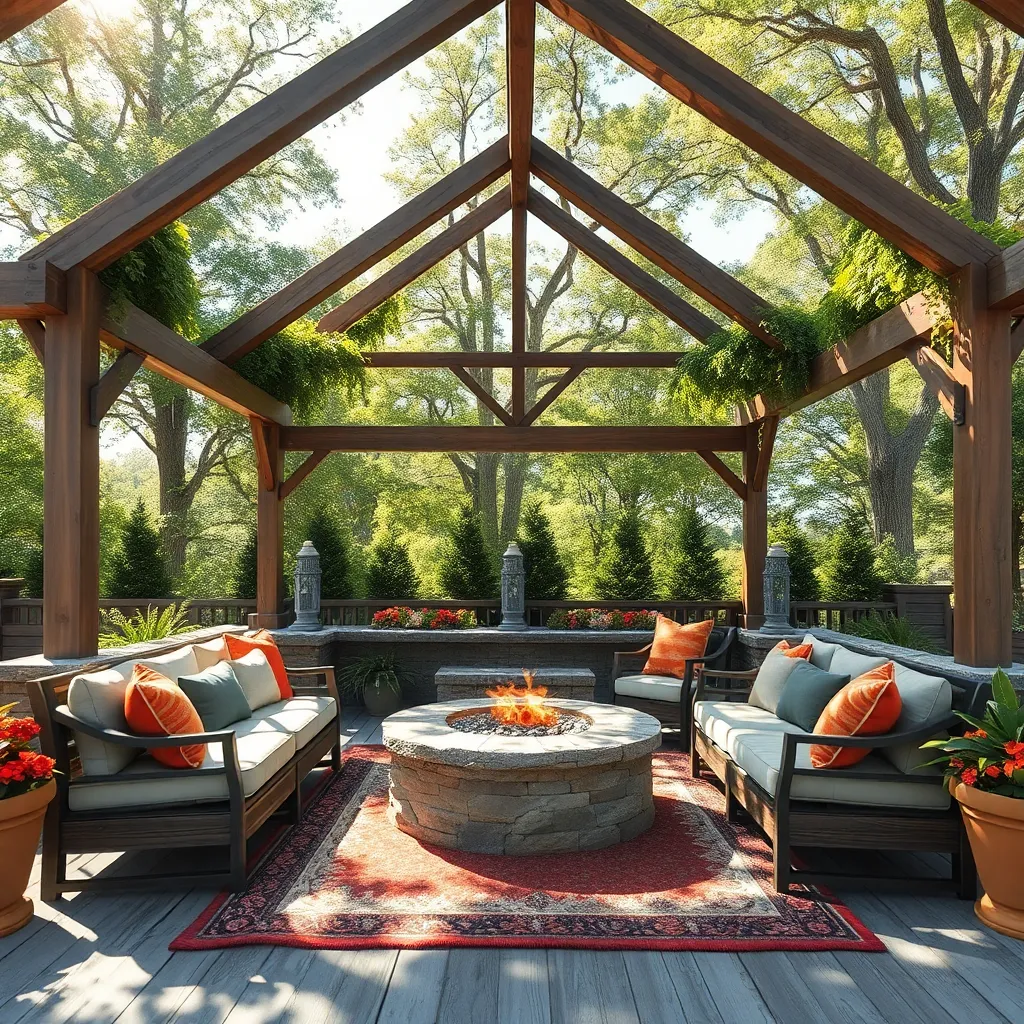
Regular maintenance is key to ensuring your outdoor retreat remains a cozy haven year-round. Start by choosing durable materials like treated wood or powder-coated metals, which withstand the elements better than untreated options. Inspect your structure regularly for signs of wear, such as rust or wood rot, and address these issues promptly to extend the life of your shelter. Seal wooden surfaces annually with a high-quality outdoor sealant to protect against moisture and UV damage.
To keep your retreat inviting, periodically update its interior elements. Consider seasonal swaps for cushions and throws to keep the space fresh and comfortable. Install weather-resistant outdoor flooring, like composite decking or pavers, for a low-maintenance and stylish base. Advanced tip: Incorporate solar-powered lights for an energy-efficient, ambient glow without the hassle of wiring. These small touches ensure your outdoor shelter remains a cherished escape, no matter the season.
Conclusion: Creating Beautiful Outdoor Spaces
In exploring the art of creating DIY outdoor shelters for cozy retreats, we’ve uncovered five essential relationship concepts. First, we delved into the importance of quality time, illustrating how shared projects can strengthen bonds. Second, we emphasized communication, showcasing how planning and executing a project together requires open dialogue and mutual understanding. Third, we highlighted creativity as a vital ingredient in keeping relationships vibrant and engaging. Fourth, we explored the significance of shared goals, which can unite partners and foster a sense of teamwork. Lastly, we discussed the nurturing of personal space, demonstrating how retreats can offer opportunities for self-reflection and rejuvenation within a relationship.
Now, take the first step by selecting a simple outdoor project to start together this weekend. Whether it’s a hammock nook or a fire pit circle, the journey begins with your shared vision.
Remember, nurturing your relationship is an ongoing process. Bookmark this article as a go-to resource and inspiration for future projects and relationship enrichment. By investing time and effort into such endeavors, you pave the way for lasting success and harmony. Let this be your starting point for creating cherished memories and fortifying the foundation of your relationship.

